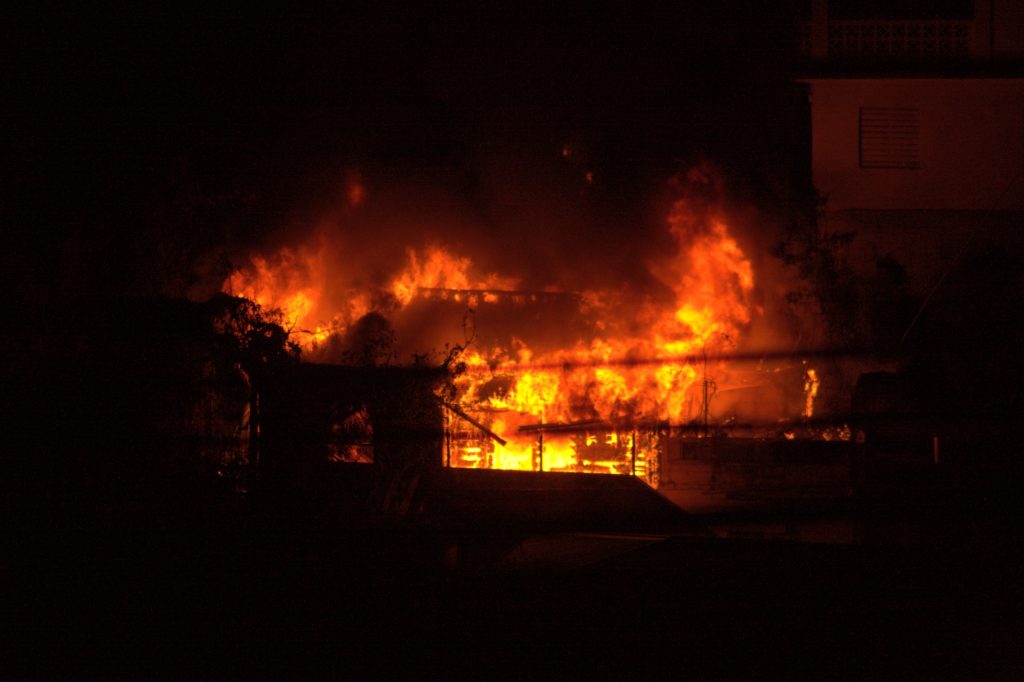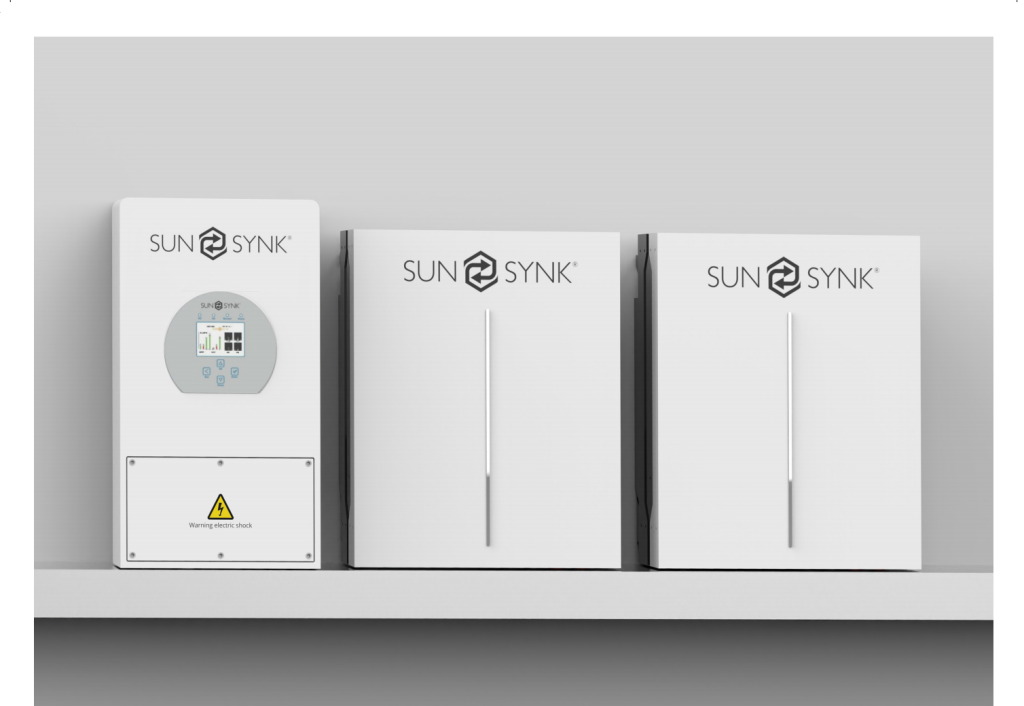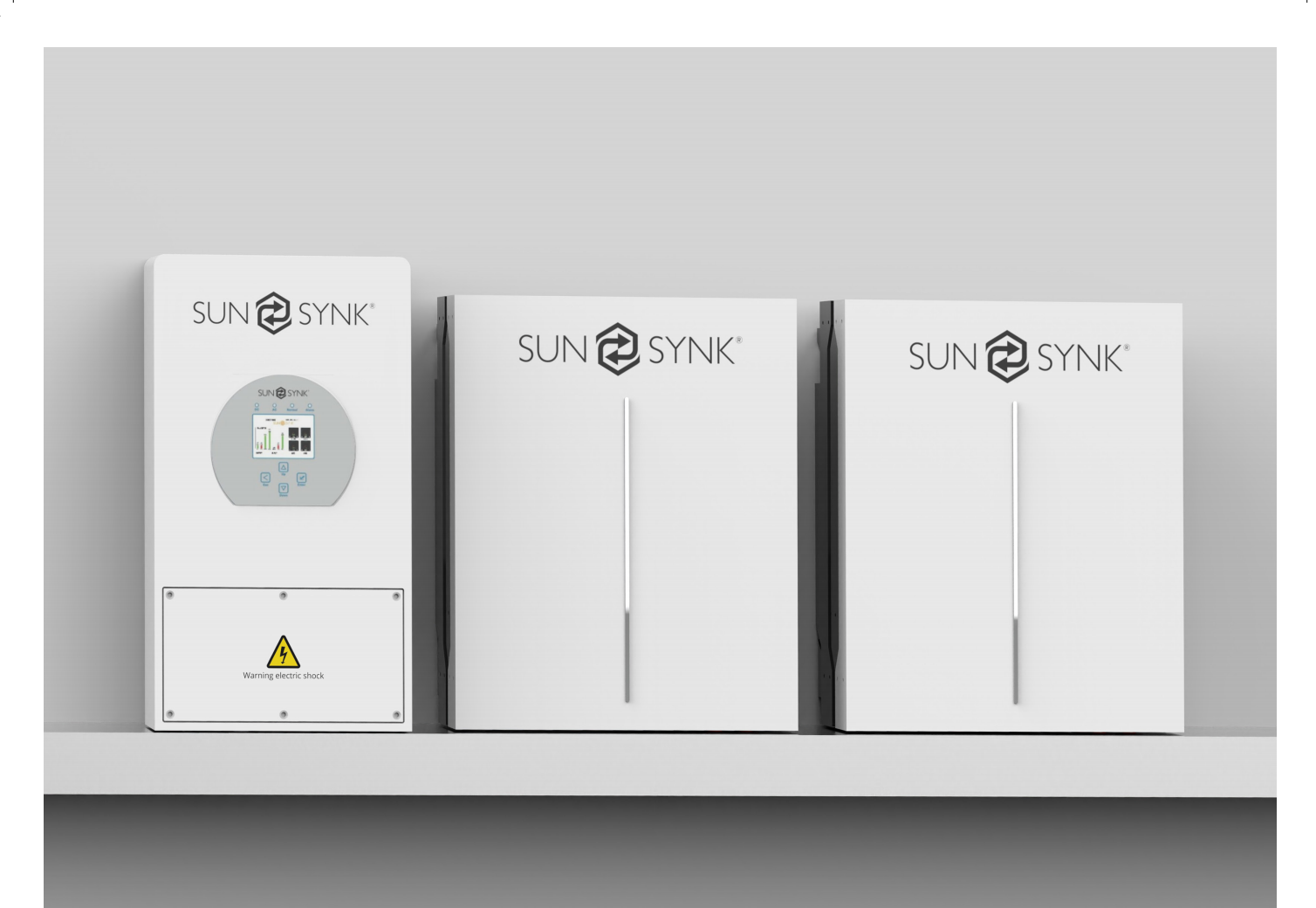A Solar power system is a topic that has captured the interests of numerous South African communities. For instance, when you drive through your neighborhood, you notice an abundance of houses with shimmering photovoltaic panels covering every inch of their rooves. In addition, even your local shopping centers and office buildings all seem to have gone the solar route. Since everyone is doing it, it must be a good idea, right? Well, hold on before we make assumptions. Before you jump on the solar bandwagon, let’s talk about the potential risks involved when inexperienced and uncertified installers enter the picture.
Shocking Hazards and Fiery Dangers

With the ongoing load shedding headaches, people are scrambling for alternative energy solutions to keep their lights on. Nobody wants to deal with the noise, fumes, and cost of running a generator, so the main alternative is a battery inverter combined with solar power. However, this rush has attracted a few money grabbing culprits who sell and install faulty or unregulated equipment. As a result, fires and destruction has started to break out throughout the country.
Those cheap small battery pack inverters and UPS might not be as harmless as they seem. It seems attractive at first, but the damage they can cause will cost you much more than doing it right the first time. Faulty equipment can cause electric surges when devices are plugged in, potentially damaging the very devices you’re trying to power up. In addition, unqualified installers can make faulty connections that are prone to cause extensive damage. Going for the cheap options can turn out to be exceptionally expensive.
But, it doesn’t stop there. Incorrect installation inside your home or business can cause electricity faults throughout the entire building’s wiring. As if that wasn’t enough, faulty systems can compromise the Battery Management Systems (BMS), which are crucial for lithium-ion batteries. These systems prevent thermal runaway, a fancy term for explosions and the release of hot gases that can start fires. That’s right, solar power can go from bright to burning if not installed properly.
Choosing the Right Installer and Ensuring Safety

While solar panel installation has indeed emerged as a reliable and cost-effective energy alternative, it’s essential to choose reputable installers who adhere to industry regulations and ensure proper insurance coverage. At Aris Energy (Pty) Ltd, we urge all home and business owners to prioritize safety and regulations for their properties. Taking a gamble with your hard earned assets simply is not worth it!
Now, let’s dive into the components of a full solar power system. It typically consists of solar panels, mounts for the roof, an inverter to convert DC to AC current, and a charge controller. Additional systems, such as batteries with Battery Management Systems (BMS) and an Advanced Metering Infrastructure (AMI) or AMI meter, may be needed for selling electricity to municipalities or other customers.
However, here’s the catch: a full solar system can be quite expensive. It’s understandable that consumers may be tempted to settle for affordable solutions and installers without verifying their credentials. But, let me tell you, that could be a very costly decision in the long run. When it comes to solar power, quality matters. Moreover, you are investing in a system that is meant to last you for years to come. Therefore, prioritizing quality over price today, will lead to an abundance of savings down the line.
Protecting Your Solar Power System
So, how can you safeguard your investment and ensure a smooth solar journey? Here are some valuable tips:
- Make sure your roof is in good condition before installing a solar system. Repair any broken tiles, rust, or visible cracks to avoid potential problems down the line. Solar panels are heavy as solar installers, we require a solid structure to mount them to.
- Choose an installer accredited by the South African Photovoltaic Industry Association’s (SAPVIA) PV Green Card program. This certification ensures that the installer meets industry standards and has the necessary expertise.
- Verify that the appointed contractors have liability insurance as well as necessary health and safety qualifications such as working at heights and first aid training.
- Invest in the best quality solar panels you can afford. Remember, the long-term benefits outweigh the upfront costs when it comes to durability and efficiency.
- Obtain the required municipal approvals for your solar system. Your accredited installer will guide you through the process and ensure compliance with regulations.
- Get a Certificate of Compliance (CoC) and ensure compliance with the latest edition of SANS. These documents will be essential during the claims process if any issues arise.
- Increase the sum insured on your building’s insurance to account for the replacement cost of your solar system. Adequate coverage will protect you in case of damage or theft of components of your solar system.
- Understand the maintenance and servicing requirements of your solar system and factor in these costs when considering the overall pricing. Regular upkeep ensures optimal performance and longevity.
- Keep all your invoices and remember to claim back your tax rebate. Make the most of the financial incentives available to solar power system owners.
Solar Power System Performance Issues

Before you dive headfirst into the world of solar, it’s essential to shed some light on the performance issues that might cloud your sunny dreams. Therefore, let’s unravel the findings from numerous case studies as well as personal experiences by Aris Energy. In short, cases outlining some of the top causes of solar power systems being inefficient.
The Troubling Reality – Critical Issues Revealed
Hold onto your sunhats because the Solar Grade PV Health Report has dropped a bombshell on the solar industry. Brace yourself for some shocking statistics. Out of the inspected projects, a staggering 62% were found to have critical or major issues. And guess where the majority of these issues reside? The DC distribution components take the crown, contributing to a whopping 91% of major problems.
But fear not, solar warriors! The report emphasizes that issues can be addressed and fixed before they turn hazardous. Regular inspections and proactive operations and maintenance (O&M), particularly focusing on the DC distribution section of PV systems, are vital for ensuring safe and reliable operations.
The Inverter Dilemma
When it comes to PV system problems, inverters often take the blame. They’re the primary source of energy yield data and error messages, making them an easy scapegoat. But hold your solar panels! The truth lies beneath the surface. According to on-the-ground data, inverters are rarely the root cause of system downtime. In most cases, they trip due to underlying issues lurking within the DC distribution section.
So, why should you care? Well, here’s the deal: the report reveals that 74% of issues stem from the DC distribution section, while racking, modules, and inverters account for smaller portions. Now, let’s dive deeper into the specific culprits within the DC distribution system that are driving these issues.
Components of Your Solar Power System Leading the Way

Within the critical DC distribution system, a few specific components are causing the majority of problems. Brace yourself for the first culprit – field-made PV connectors. These connectors contribute to over 33% of failures, causing headaches for solar enthusiasts. In addition, wire management issues follow closely, accounting for approximately 26% of reported problems.
But here’s a shocker – installer error cause the largest part of these problems. According to Heliovolta, a staggering 79% of all field-made connector issues are a result of improper installation or using incompatible parts. It’s crucial to identify and address compromised connectors as they can lead to PV system fires, overheating, and dangerous fault conditions. To keep you on the safe side, Heliovolta offers a handy safety guide to solar connectors.
Inverter Intrigue – A Silent Culprit Revealed
Now, let’s shine a light on the mysterious inverter realm. The report unveils an intriguing finding – 37% of all inverter issues are traced back to a single provider. Though the brand remains anonymous, it serves as a wake-up call to ensure you choose your inverter wisely. A reliable and efficient inverter is the backbone of your solar system, so make sure to do your research and opt for a reputable provider.
The Cracks in the Sun – Microcracking Woes
We can’t ignore another significant concern – microcracking. These tiny cracks, comprising approximately 30% of solar module problems, can impede the flow of current, reducing energy yield and potentially creating hotspots over time. But fret not! The report recommends using electroluminescent (EL) imagining tests to detect these microcracks and address them promptly.
A Brighter Future with Best Practices for Your Solar Power System
Now that we’ve unveiled the dark side of solar performance issues, it’s time to take action and ensure a brighter future for your solar facility. Here are some guidelines to ensure that your solar journey is seamless.
- Choose certified and qualified installers. Request relevant certificates and regulatory documents from your solar installers before accepting a solar quote.
- Ensure that your solar installers are qualified to work on electrical connections and perform necessary safety tests and inspections on your system.
- Ask your solar providers to perform maintenance on your system from time to time in order to mitigate problems before they arise.
- Ensure that your solar providers are educated to make use of technological tools such as solar mobile applications and electrical testing equipment.
Conclusion
While solar power systems have gained significant popularity in South African communities, it’s crucial to be aware of the potential risks involved when inexperienced and uncertified installers enter the picture. The rush to adopt solar solutions has attracted unscrupulous sellers and installers, leading to fires and destruction caused by faulty equipment and improper installations. Choosing reputable installers, prioritizing safety and industry regulations, and investing in quality equipment are essential steps to protect your investment and ensure a smooth solar journey. Furthermore, understanding the common performance issues, such as DC distribution problems and microcracking, and implementing best practices like regular inspections and maintenance can help address and prevent these issues, ensuring the safe and reliable operation of your solar power system.

